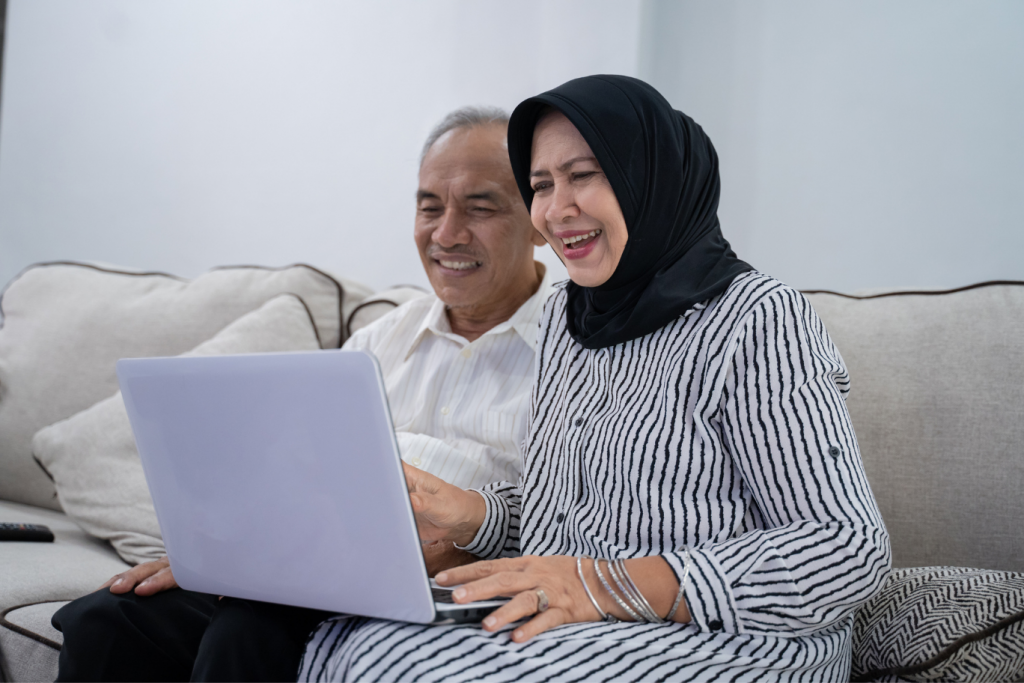Most government insurance schemes for the elderly lack substance and innovation, it has also been deemed unaffordable by many. It was a growing issue that has been resolved in 2020 with the birth of CareShield Life, a new national disability insurance scheme that is meant to replace ElderShield.
CareShield Life is an improved version of ElderShield as it offers a myriad of products and protection schemes that are affordable and accessible to the elderly and disabled community in Singapore. All Singaporean citizens or permanent residents aged 30 and above will be automatically enrolled.
Who is covered by CareShield Life?

- Singaporeans and PRs born after 1990 (aged below 30 in 2020) will be entitled to coverage when they turn 30, regardless of pre-existing medical conditions and disability.
- Singaporeans and PRs born between 1980 to 1990 (aged 30 to 40 in 2020) will be entitled to coverage on the 1st Oct 2020 or when they turn 30, whichever is later, regardless of pre-existing medical conditions and disability.
- For Singaporeans and PRs born in 1979 or earlier (aged 41 and above in 2020), participation in CareShield Life is optional.
- Singaporeans and PRs who are born between 1970 and 1979 (aged 41 to 50 in 2020), insured under ElderShield 400, and are not severely disabled will be automatically enrolled into CareShield Life from end-2021. However, there is an option to opt-out by 31 December 2023.
What is the difference between CareShield Life and ElderShield?

| CareShield Life | ElderShield |
| CareShield Life provides universal coverage for those aged 30 and above. | ElderShield gives optional coverage to those aged 40 and above. |
| The premium for CareShield will annually increase by 2% for the first 5 years. | The premium for ElderShield remains the same throughout its entire policy term. |
| The monthly payout for CareShield increases annually until you reach 67 years of age. | The monthly payout for ElderShield remains unchangeable. |
| If you are severely disabled, CareShield will give you a lifetime payout. | If you are severely disabled, ElderShield will only give you payouts up to 60 or 72 months. |
Please do take note that severe disability is defined as the inability to perform at least 3 of 6 activities from the Activities of Daily Living (ADL):
- Washing
- Toileting
- Walking or moving around
- Transferring
- Feeding
- Dressing
What is the difference between MyLongTermCare and MyLongTermCare Plus?

| MyLongTermCare | MyLongTermCare Plus |
| You will be eligible for MyLongTermCare when you are unable to perform at least 3 activities from the ADLs. | You will be eligible for MyLongTermCare Plus when you are not able to perform at least 2 activities from the ADLs. |
| Premium terms for MyLongTermCare holders are available until you reach the age of 67. | Premium terms for MyLongTermCare Plus will be available until you reach the age of 97. |
Both plans will serve as a tremendous aid in helping you reap the most benefits during trying times. However, it is noteworthy that the Aviva MyLongTermCare Plus is likely to be the most resourceful and strategic choice of a supplementary plan as it offers extra value at a decent price point.
Do keep in mind that you can use $600 each year from your Medisave to pay for your private CareShield Life supplement. You are going to have to top up the rest in cash.
Interested to learn more? Click here and one of our financial advisers will reach out to you.

